How to Disable Deleting Browsing and Download History in Microsoft Edge?
The browsing history is the list of the web pages that a user has visited in the browser. Microsoft Edge also saves the history of downloaded items through the browser. Users can always remove the browsing and download history from their browser. However, this feature can be disabled for the Microsoft Edge chromium. Enterprises can disable this feature to check the employee’s history in the browser. This can also be a good option for schools and colleges. In this article, we will show you methods through which you can disable the deleting for browsing and download history.

Disabling Deleting History through the Registry Editor
The Windows Registry is a graphical tool that contains all the configurations and settings for the operating system. The Registry Editor method is a bit technical because you have to create the missing key and value for the setting. It is also a bit risky because a wrong configuration can cause issues for the application or system. However, by following the below steps, you can safely configure the setting for Microsoft Edge.
Note: You can always create a backup of your registry before making any new changes.
- Press the Windows and R keys together on your keyboard to open a Run dialog. Now type “regedit” and press the Enter key to open the Registry Editor.
Note: If prompted by UAC (User Account Control), then choose the Yes option.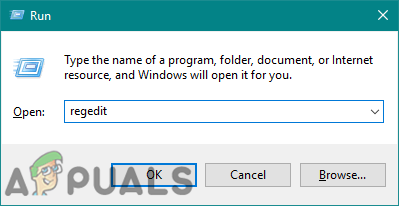
Opening the Registry Editor - In the Registry Editor window, you need to navigate to the following path:
HKEY_LOCAL_MACHINE\SOFTWARE\Policies\Microsoft\Edge
- Depending on your registry, if the Edge key is missing, you can create it by right-clicking on the Microsoft key and choosing the New > Key option. Rename the key as “Edge“.
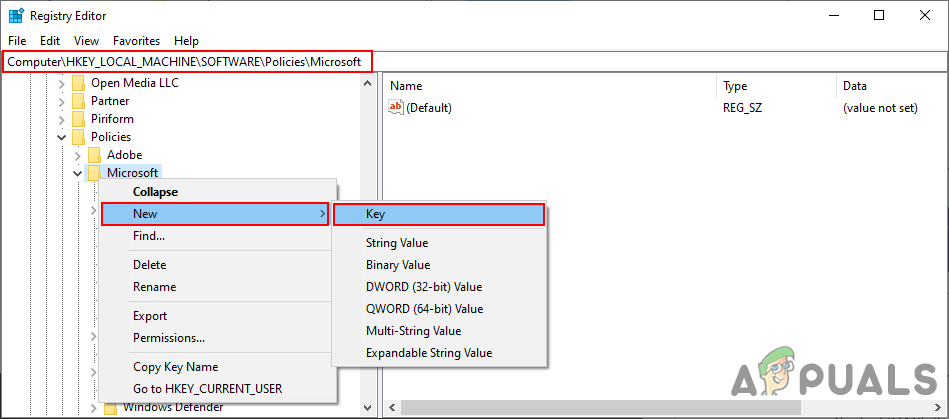
Creating the missing key - Now right-click on the right pane choose the New > DWORD (32-bit) Value option to create a new key. Rename this key as “AllowDeletingBrowserHistory“.

Creating a new value - Double-click on the value to open and then change the value data to 0.
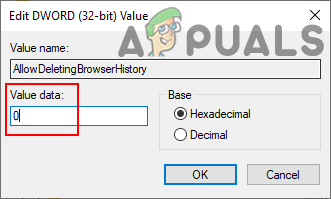
Changing the value data - After all the configurations are made, make sure to restart the system to apply these changes.
- You can always enable this back by changing the value data to 1 or simply removing the value from the Registry Editor.
Disabling Deleting History through the Local Group Policy Editor
The Local Group Policy Editor allows users to control the working environment of their operating system. The policy setting for the new Microsoft Edge chromium may not be available in your system. That is why you will need to download the policy files from the Microsoft site for the Microsoft Edge. The Group Policy Editor is a safe method for configuring a setting for applications on your system.
If the policy setting is already available in “User Configuration\Administrative Templates\Windows Components\Microsoft Edge\” or “Computer Configuration\Administrative Templates\Windows Components\Microsoft Edge\“, then use that and skip downloading new policy files.
Note: Skip this method if you are using a Windows Home operating system because the Group Policy Editor isn’t available in the Windows Home editions.
- Visit the Microsoft site, select the version details for your Microsoft Edge, and click on the GET POLICY FILES button to download the files.
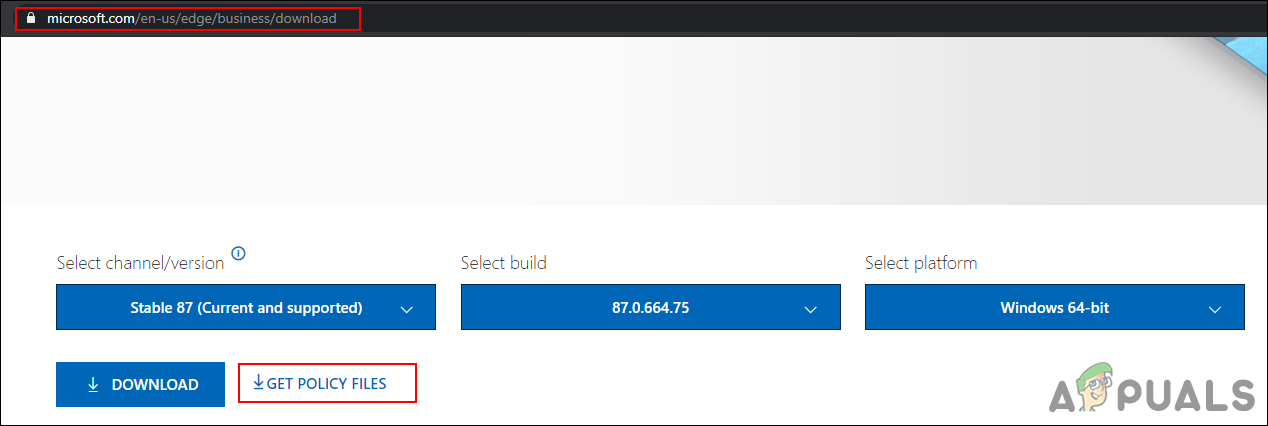
Downloading policy files - Now Extract the downloaded files by using the WinRAR application.

Extracting files - Open the folder and navigate to the “MicrosoftEdgePolicyTemplates\windows\admx” path.
- You need to copy “msedge.admx” and “msedge.adml” files and paste them in the “C:\Windows\PolicyDefinitions” folder.

Copying files to a folder - You may need to restart the system to see these new policy settings in your Group Policy Editor.
- Press the Windows and R keys together on your keyboard to open the Run. Now type “gpedit.msc” and press the Enter key to open the Local Group Policy Editor.
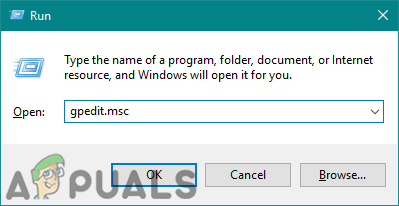
Opening the Group Policy Editor - In the Local Group Policy Editor window, you need to navigate to the following path:
Computer Configuration\ Administrative Templates\ Microsoft Edge

Navigating to the setting - Double-click on the setting named “Enable deleting browser and download history” and it will open in another window. Now change the toggle option from Not Configured to Disabled.
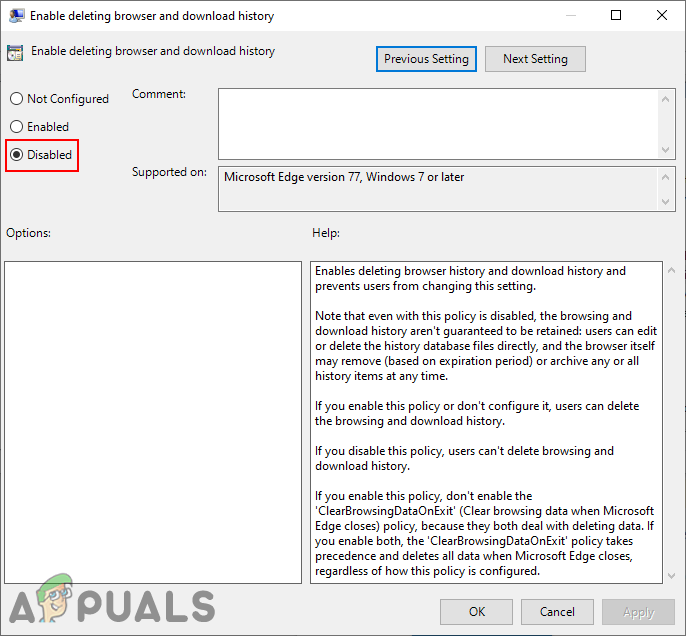
Disabling the setting - After that, click on the Apply/Ok button to save the changes. This will remove the feature of deleting history in the Microsoft Edge.
- You can always enable it back by changing the toggle option back to Not Configured or Enabled in step 8.





